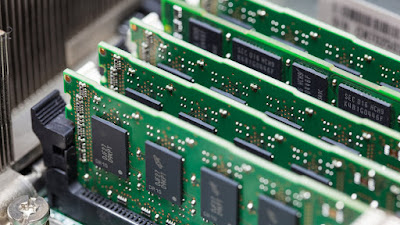IP Address
IP Address stands for Internet Protocol Address. Basically it's an unique address assigned with each and every devices that uses internet connection like every human has it's own unique fingerprint. But unlikely the human fingerprint it can be changed. When a device connects to the internet, it needs an IP Address through which it can be treated as an unique device over the whole internet. IPv4(Internet Protocol version 4) and the other is IPv6(Internet Protocol version 6).
IPv4 is a combination of 32 bits and consists of four numbers, each of which contains one to three digits, with a single dot (.) separating each number or set of digits. Each of the four numbers can range from 0 to 255.
IPv4 is a combination of 32 bits and consists of four numbers, each of which contains one to three digits, with a single dot (.) separating each number or set of digits. Each of the four numbers can range from 0 to 255.
You can find your IP Address by searching what is my IP Address in google.
IP Address even contains your location(not exact location) throughout the world wide web.
The IP Address space is managed globally by the Internet Assigned Numbers Authority (IANA), and by five regional Internet registries (RIRs) responsible in their designated territories for assignment to end users and local Internet registries, such as Internet service providers (ISPs). IPv4 addresses have been distributed by IANA to the RIRs in blocks of approximately 16.8 million addresses each. Each ISP or private network administrator assigns an IP address to each device connected to its network. Such assignments may be on a static (fixed or permanent) or dynamic basis, depending on its software and practices.










No comments:
Post a Comment
Type a comment